The Battle of Marawi stands as the most extensive urban conflict in the history of the Philippines, also recognized as the Siege of Marawi and the Marawi Crisis. Commencing on May 23, 2017, and concluding on October 23, 2017, the battle marked a significant chapter in the nation’s history. Following the successful five-month-long campaign to reclaim Marawi, the Philippines Special Operations Command unveiled a remarkable video compilation elucidating the intricacies of the battle, accompanied by captivating visual footage captured during the siege.
Background
The video provides a brief background on how the self-styled Islamic State managed to establish a presence in the Philippines. The country has grappled with issues related to Muslim insurgencies since the 1970s. Still, it is only in recent times that these insurgents have become the focal point of well-funded international jihadist groups.
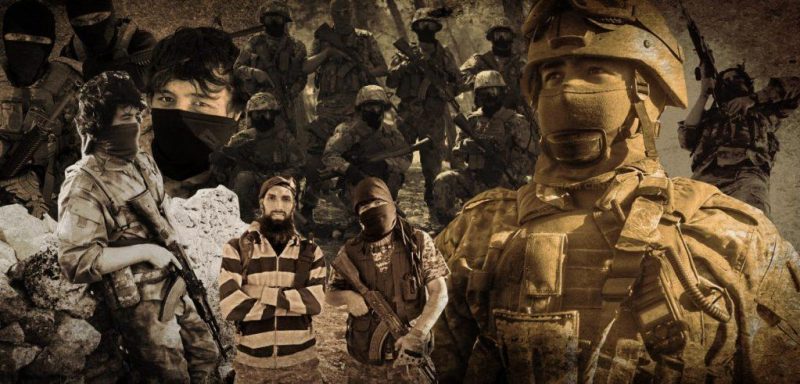
Malaysia and Indonesia, similarly afflicted by radical Islamists, harbored rebel groups that pledged allegiance to the Islamic State. Through these alliances, they facilitated the flow of weapons, equipment, and foreign fighters into Marawi, the island where the city of Marawi is situated.
Battle of Marawi
Two local Islamist militant groups, namely “Maute” and “Abu Sayyaf,” sponsored by ISIS, initiated an assault to capture the city of Marawi. Intelligence operatives from the Armed Forces of the Philippines had detected early signs of this impending rebellion and launched a small unit raid to apprehend terrorist leaders for interrogation. However, they were unaware that they were entering a well-armed and well-entrenched stronghold housing several hundred insurgents.
The government’s raid inadvertently triggered an Islamic State assault on the city. The Maute group engaged in destructive activities, including burning buildings, demolishing churches, and taking Christians as hostages. Communication lines were severed, and the roads leading in and out of the city were blocked and guarded by snipers.
Over several decades, the Philippines’ special forces received consistent training and support from US Green Berets. Unlike some “allies” in other parts of the world, the Philippine military can be effectively trained, producing excellent soldiers. Their leadership, planning, and tactical execution are comparable to the best armies globally.
Aftermath
Over several months, the Armed Forces of the Philippines exhibited immense courage as they engaged in street-to-street, house-to-house, and room-to-room combat in intense close-quarters battles. Resourcefully, they crafted improvised RPG armor from wood for their vehicles, called in airstrikes as needed, and ultimately dislodged the Islamists from their fortified positions. This relentless effort resulted in the demise of nearly 1,000 insurgents, albeit at a significant cost of 165 of their personnel killed, as reported by Amnesty International.
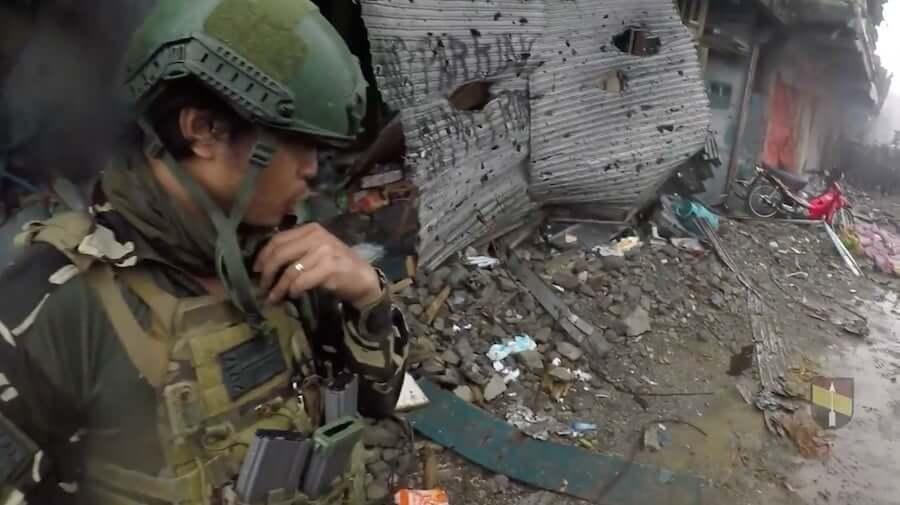

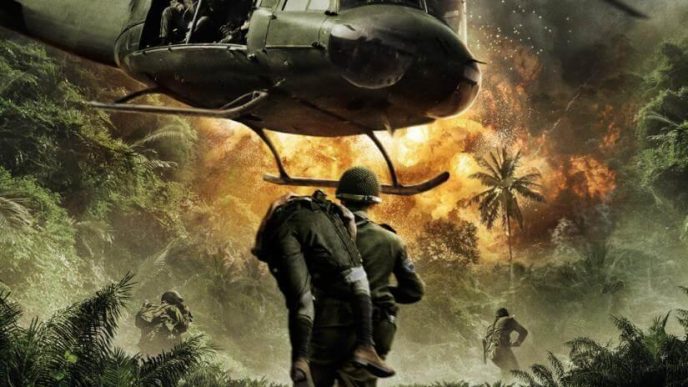






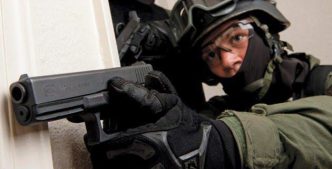
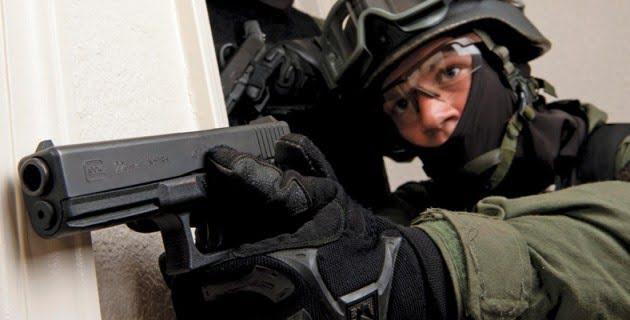
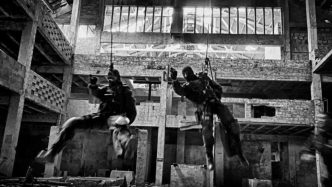
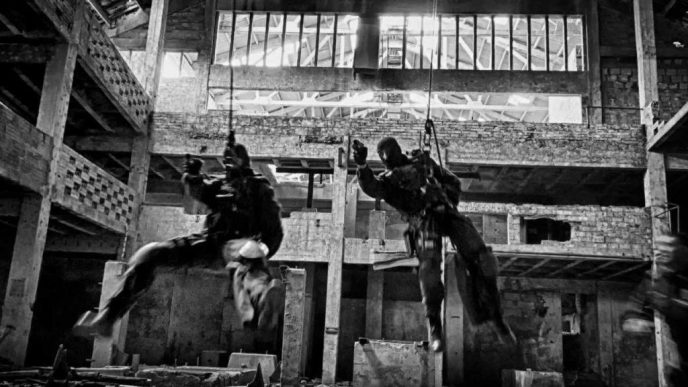
Met Many Filipinos in the US Navy, shipboard and
else…(CA).
Discharged there, went to school close by, then had career in chemistry tech. If the women at work liked you, they would give you some of their home-cooked lunch. That happened fairly often. Love these people.
In WW2 late ’44 my dad served as a 19 year old E6 in Luzon for 6 months until the bomb ceased his squad’s activities. He got a Purple Heart for yellow fever.
My ship wasn’t attached to the 6th Fleet, so didn’t make it over there.
Good Luck and keep up your magazine’s great work!
CS